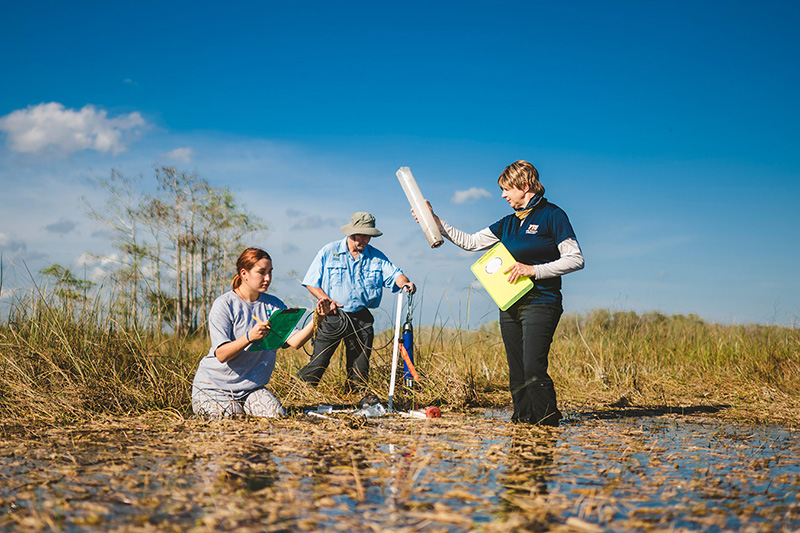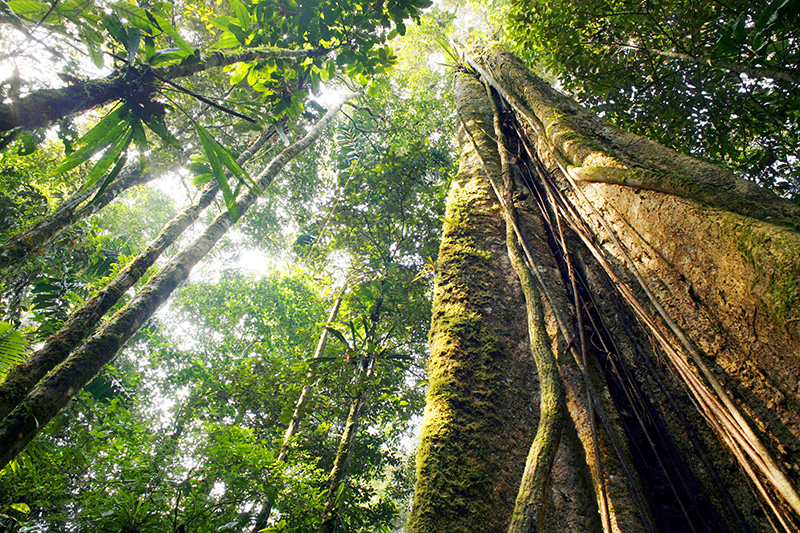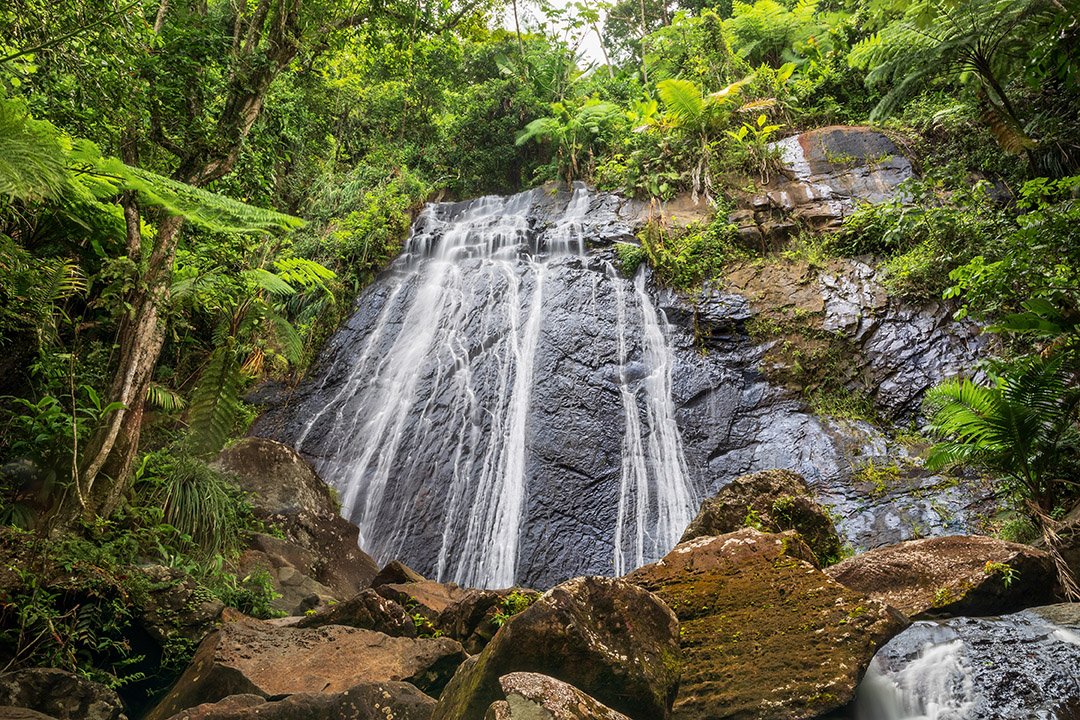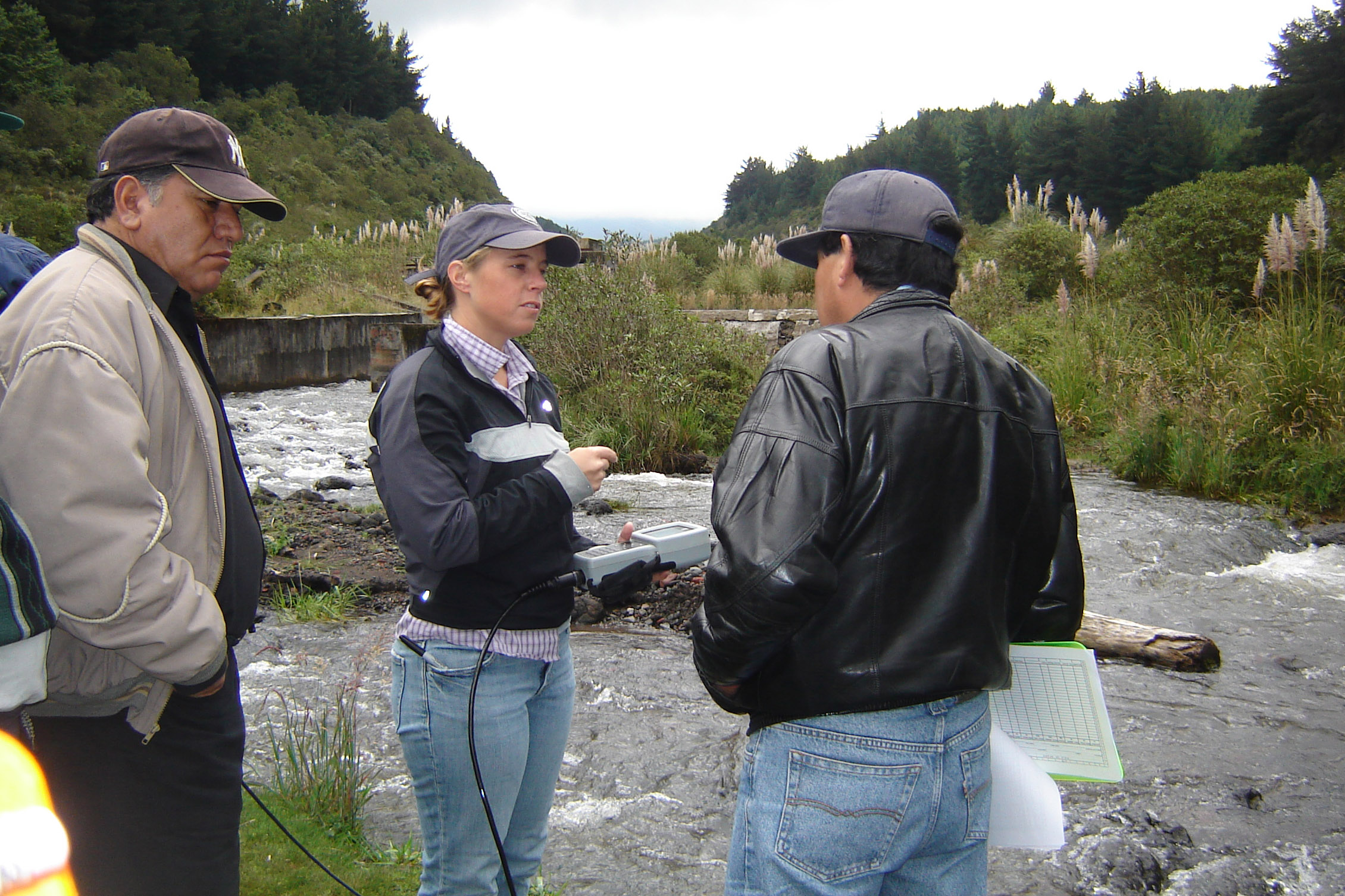Target 15.1 Conserve and restore
By 2020, ensure the conservation, restoration and sustainable use of terrestrial and inland freshwater ecosystems and their services, in particular forests, wetlands, mountains and drylands, in line with obligations under international agreements

The Florida Everglades
Researchers in FIU’s Institute of Environment are leading the science behind one of the largest ecosystem restoration projects on the planet — the Florida Everglades. Designed to improve water quality and restore the hydrology and ecology of this iconic and imperiled ecosystem, restoration efforts stretch from Central Florida to Florida Bay, covering more than 18,000 square miles. For more than 40 years, our scientists have been conducting research on all aspects of the Everglades including ecosystem health, water quality, ecosystem function and services, biodiversity value, plant life, animal life and much more. Nearly 30 years ago, our scientists set the water quality standard by advising the restriction of phosphorous to 10 parts per billion for Everglades National Park — a standard incorporated into the federal Comprehensive Everglades Restoration Plan and a standard that is still in place today. Currently, 102 FIU faculty, staff and students work in the Florida Everglades, guiding management, restoration and protection. The FIU Institute of Environment leads the NSF-supported Florida Coastal Everglades Long Term Ecological Research program, a network of 19 universities, 8 government agencies, two NGOs and one institute. In addition to solutions-focused research initiatives, the FCE-LTER has collected the most comprehensive and long-term data on the Everglades, providing a critical baseline for gauging effectiveness of current and future management strategies. And our scientists are always prepared and quick to engage when extreme events strike to further threaten the Everglades’ survival. This can include fast and unpredictable events like hurricanes, fires, cold snaps and droughts or more lingering threats such as saltwater intrusion. More than 8 million people rely on the Florida Everglades for their drinking water, and Florida’s thriving economy hinges on an abundant supply of freshwater. The Florida Everglades is the largest subtropical wilderness in the United States and has helped shape natural heritage, culture and economies. It is home to incredible biodiversity including many threatened and endangered species. At FIU, the Everglades is more than an ecosystem we care about. The Everglades is part of who we are.

The Amazon
Human impacts on the Amazonian Forest have long threatened this iconic and globally important ecosystem. Researchers from FIU’s Institute of Environment are leading efforts to assess the biodiversity of the Amazon including plants, insects, fish, amphibians, birds and mammals. Our work in plant chemical defense has led to the most comprehensive chemical evaluation of any tree genus, which could help improve strategies for the discovery and development of novel medicines and pesticides and improve staple crops. Our herpetologists are researching new methods and strategies to help frogs and other amphibians survive on this changing planet. Their work has also led to the discovery of at least 45 new species of amphibians, along with 7 species of previously unknown reptiles, a diatom and a spider. Our bird and mammal conservation efforts combine in-the-field research and captive breeding programs to help secure futures for threatened and endangered Amazonian species. We are also using spatial modeling to help direct local conservation efforts to the most threatened areas. Our biodiversity research goes beyond species counts. FIU scientists are studying trophic interactions among trees, fungi, earthworms, ants and spiders because they know there’s a strong association between the Amazon’s mightiest trees and its tiniest residents.

Luquillo, Puerto Rico
Since 1988, scientists from FIU’s Institute of Environment have studied the long-term effects of natural and human disturbances on tropical forests and streams in the Luquillo Experimental Forest — ranging from the peaks of the Luquillo Mountains to the coastal ecosystems of San Juan. This site is uniquely valuable as a forested mountainous landscape on a tropical island in the midst of a Caribbean biodiversity hotspot — a natural laboratory for understanding ecosystem change in the tropics. This NSF-supported Long-Term Ecological Research program focuses on the effects of disturbances, including hurricanes, landslides and drought, forest harvesting and long-term climate patterns within this landscape. The research conducted at this site has improved understanding of montane tropical forest ecosystems, and has reached the scientific community, policymakers and general public. It has also provided a foundation for complementary research efforts including the National Science Foundation’s Critical Zone Observatories and Urban Long Term Research Areas programs; the U.S. Geological Survey’s Water, Energy and Biogeochemical Budgets; and the Center for Tropical Forest Studies in its comparisons of tropical forests around the world.

Tropical Rivers
From the Amazon Basin to East Africa, scientists from FIU’s Institute of Environment collaborate with global networks to understand freshwater systems including their social and ecological connections. They are leading collaborative research across the Amazon Basin to understand the dynamics of river flow and the human dependencies on river ecosystems. They are piloting low-cost remote sensors for sustainable water management in the Andes. Our researchers also support efforts in Tanzania to inform water management practices and to further understanding of freshwater ecosystems and their connections to people. This includes kinship, reciprocity networks, sacred forests, traditional water management practices, and international cooperation – all knowledge that can be put to work for watershed management and conservation. In Ethiopia, FIU scientists are using hydrological modeling to identify new ways to safeguard the Nile River amid increasing pressure from climate change, deforestation and drought. These same scientists organized the 2020 International Conference on the Nile and Grand Ethiopian Renaissance Dam, where scientists from six continents shared research and knowledge for improved management strategies. Since the 2020 conference, FIU has formed the Nile Talk Forums, a monthly online gathering of experts in Nile and other transboundary river issues that is open to the public. FIU scientists are also studying the effects of energy production and mineral exploration on conservation and advocating for indigenous peoples’ stewardship. At the same time, they are advocating for greater protections for tropical rivers worldwide because of their roles in sustaining ecologically important forests and the people who live near them.